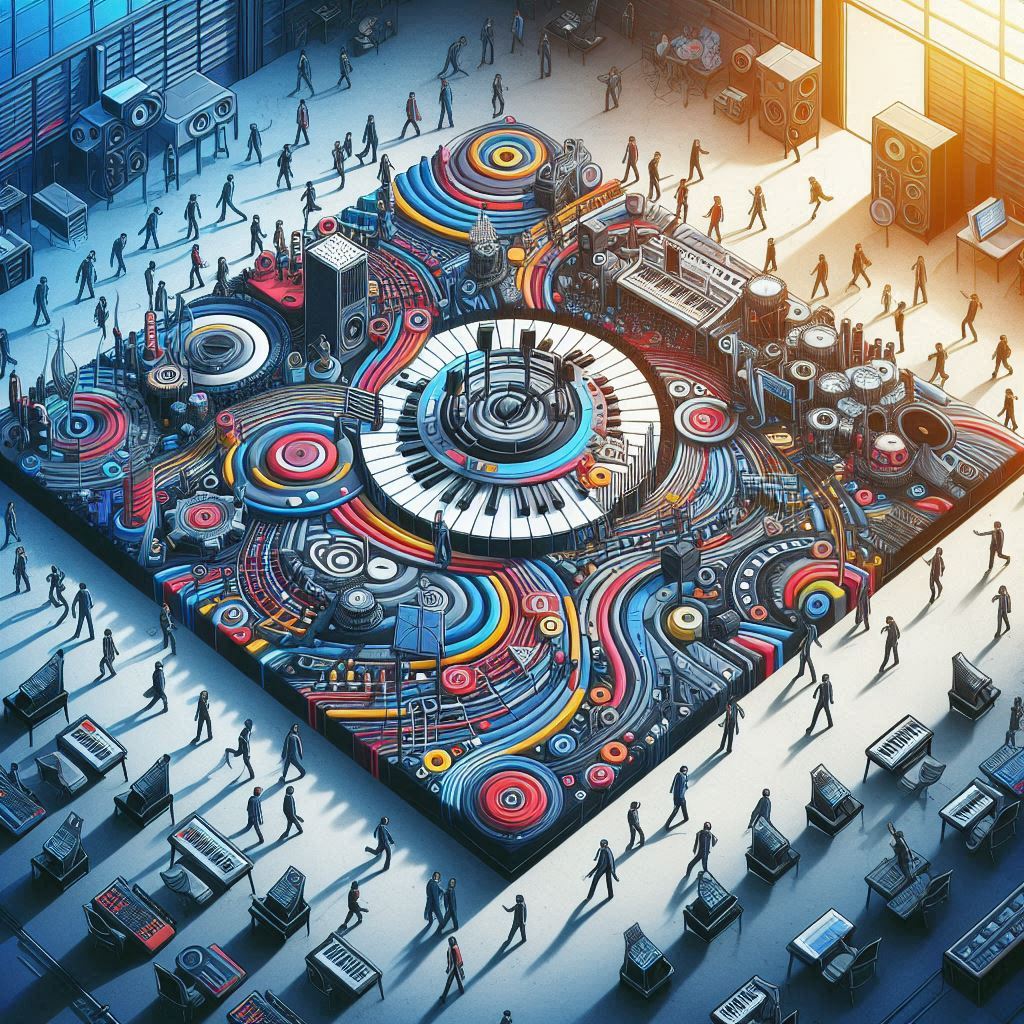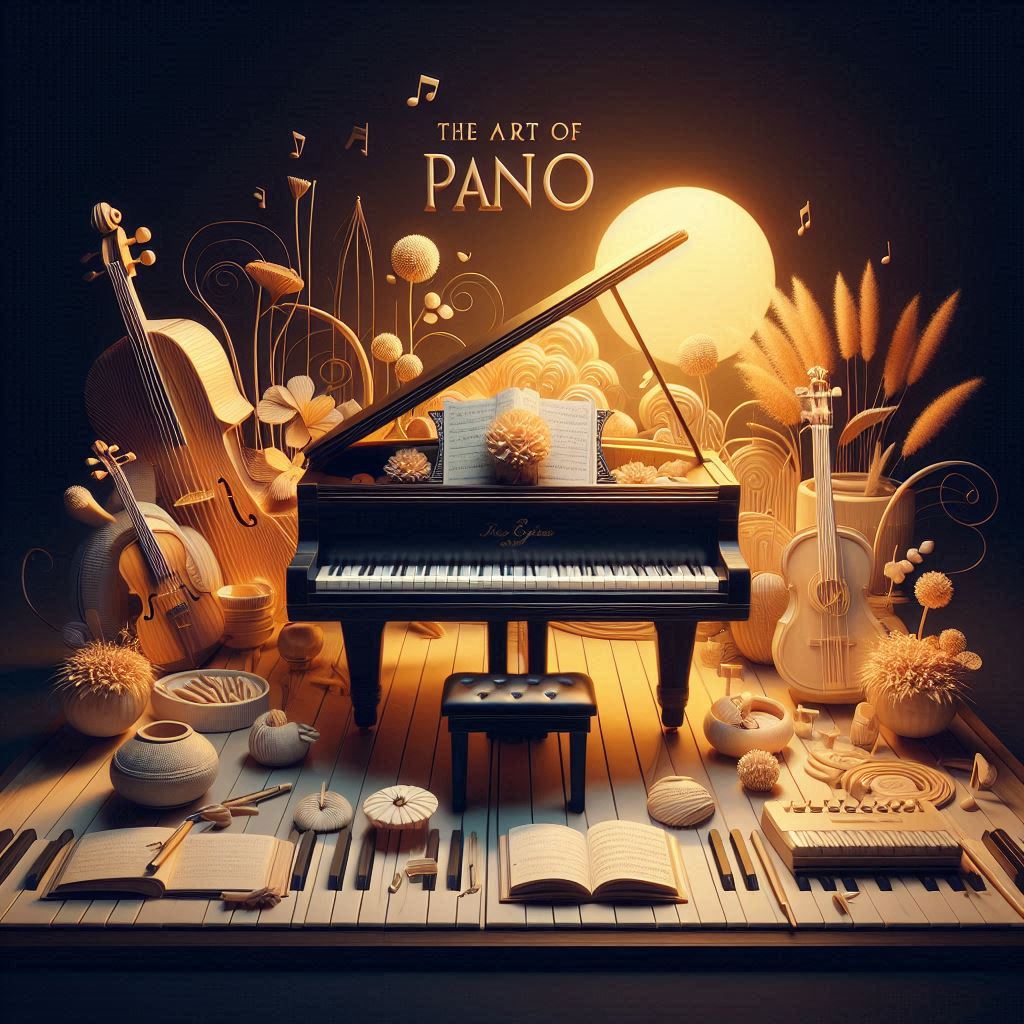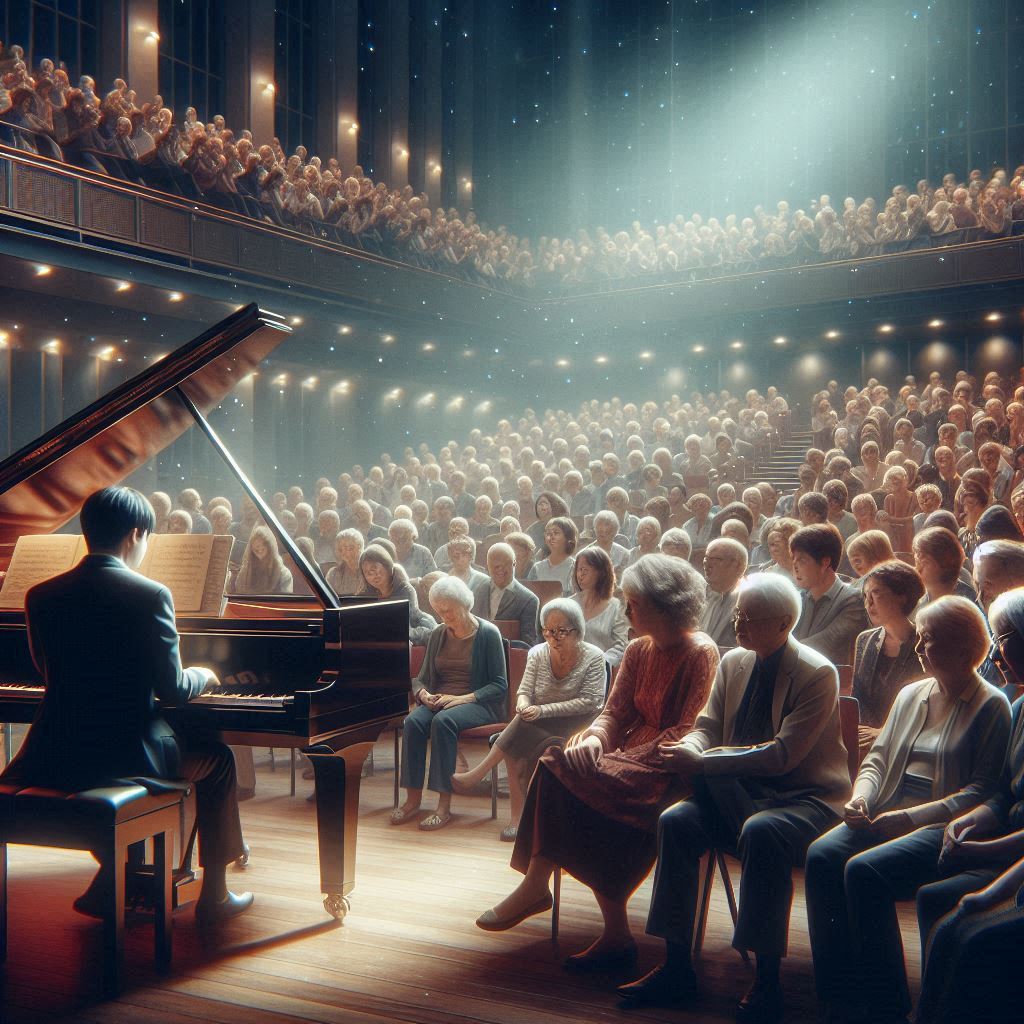Introduction
The world of music production has evolved dramatically with the advent of new technologies. The intersection of art and technology in music production has opened up a plethora of possibilities for artists, allowing for greater creativity, precision, and innovation. This blog delves into how technological advancements are transforming the creative process and enhancing artistic expression in music production.
1. The Evolution of Music Production Technology
From Analog to Digital
The shift from analog to digital technology has revolutionized music production. Digital audio workstations (DAWs) have replaced traditional tape machines, offering more flexibility and control over the recording process.
Example:
- Analog: In the past, producers relied on reel-to-reel tape recorders and mixing consoles to capture and manipulate sound.
- Digital: Today, software like Pro Tools, Logic Pro, and Ableton Live allows producers to record, edit, and mix music with unprecedented precision and ease.
The Rise of Software and Plugins
The development of software instruments and plugins has expanded the sonic palette available to producers. These tools emulate traditional instruments and effects, as well as create entirely new sounds.
Example:
- Virtual instruments like Native Instruments’ Kontakt and Spectrasonics’ Omnisphere provide high-quality samples and synthesis options.
- Plugins such as Waves’ SSL E-Channel and FabFilter Pro-Q 3 offer advanced processing capabilities, mimicking the behavior of analog hardware.
2. Enhancing Creativity Through Technology
Unlimited Track Count and Non-Destructive Editing
DAWs allow for an unlimited number of tracks and non-destructive editing, enabling producers to experiment freely without the constraints of physical tape.
Example:
- Producers can layer multiple vocal takes, try different arrangements, and experiment with effects without worrying about tape degradation or loss of fidelity.
Automation and MIDI
Automation and MIDI (Musical Instrument Digital Interface) have streamlined the production process, allowing for precise control over every aspect of a track.
Example:
- Automation enables dynamic adjustments of volume, panning, and effects parameters over time.
- MIDI allows producers to program intricate performances and control virtual instruments with precision.
Sampling and Sound Design
Sampling and sound design have become integral parts of modern music production. Producers can manipulate recorded sounds, create new textures, and innovate within their genre.
Example:
- Sampling iconic drum breaks or vocal snippets and recontextualizing them in a new track.
- Using synthesis and effects to create unique sounds that define an artist’s signature style.
3. Bridging the Gap Between Art and Technology
Hybrid Studios
Many producers use hybrid studios that combine analog and digital equipment, leveraging the best of both worlds to achieve their desired sound.
Example:
- Recording through an analog console and outboard gear, then editing and mixing in a DAW for flexibility and convenience.
Collaborative Tools
Technology has made collaboration easier than ever, allowing artists from around the world to work together seamlessly.
Example:
- Cloud-based platforms like Splice and Avid Cloud Collaboration enable real-time sharing of projects and ideas.
Visual and Interactive Elements
The integration of visual and interactive elements into music production has expanded the boundaries of artistic expression.
Example:
- Using visual programming environments like Max/MSP to create interactive audio-visual performances.
- Incorporating elements of virtual reality (VR) and augmented reality (AR) in live shows and music videos.
4. The Impact on Music Genres and Styles
Electronic and Dance Music
Advancements in music production technology have given rise to electronic and dance music genres, characterized by their reliance on synthesized sounds and digital effects.
Example:
- Genres like EDM, techno, and house music are heavily based on the use of synthesizers, drum machines, and digital effects.
Hip-Hop and Sampling Culture
The evolution of sampling technology has been pivotal in the development of hip-hop and other genres that rely on reusing and reinterpreting existing recordings.
Example:
- Producers like J Dilla and Kanye West have built iconic tracks using innovative sampling techniques, transforming fragments of old records into new compositions.
Genre-Blending and Innovation
Technology has facilitated the blending of genres and the creation of innovative musical styles, as artists can experiment without traditional genre constraints.
Example:
- Artists like Grimes and Billie Eilish blend elements of pop, electronic, and experimental music, pushing the boundaries of conventional genres.
5. The Future of Art and Technology in Music Production
Artificial Intelligence and Machine Learning
AI and machine learning are poised to revolutionize music production, offering new tools for composition, sound design, and even performance.
Example:
- AI-driven platforms like Amper Music and AIVA generate music compositions based on user inputs, providing new ways to create and inspire.
Blockchain and Decentralized Platforms
Blockchain technology promises to transform the music industry by providing transparent, decentralized platforms for distribution and royalties.
Example:
- Platforms like Audius use blockchain to ensure artists are fairly compensated and retain control over their music.
Immersive and Spatial Audio
Advancements in immersive and spatial audio technologies are creating new listening experiences, from virtual reality concerts to 3D audio recordings.
Example:
- Dolby Atmos and Ambisonics provide immersive sound experiences that enhance the way music is produced and consumed.
FAQs
How has digital technology changed music production?
Digital technology has revolutionized music production by providing flexible and precise tools like DAWs, virtual instruments, and plugins, allowing for unlimited experimentation and high-quality results.
What role does creativity play in music production technology?
Creativity drives the use of technology in music production, enabling artists to experiment with sounds, create unique textures, and push the boundaries of traditional genres.
How do hybrid studios benefit music producers?
Hybrid studios combine analog warmth and digital precision, offering producers the best of both worlds to achieve their desired sound while maintaining flexibility in editing and mixing.
What is the impact of AI on music production?
AI offers new tools for composition, sound design, and performance, providing innovative ways to create and inspire music. AI-driven platforms can generate music based on user inputs, enhancing the creative process.
How does blockchain technology influence the music industry?
Blockchain provides transparent and decentralized platforms for music distribution and royalties, ensuring fair compensation for artists and greater control over their music.
What are immersive and spatial audio technologies?
Immersive and spatial audio technologies, like Dolby Atmos and Ambisonics, create 3D sound experiences that enhance the way music is produced and consumed, offering more engaging and realistic listening experiences.
Conclusion
The intersection of art and technology in music production has created a vibrant landscape of innovation and creativity. Advancements in digital tools, AI, blockchain, and immersive audio are transforming the way music is created, distributed, and experienced. By embracing these technologies, artists can push the boundaries of their craft and reach new heights of artistic expression. The future of music production is an exciting blend of creativity and technology, promising endless possibilities for those willing to explore and innovate.



